What Is the Best Wood for Exterior Trim? (With Pictures)
-
Kristin Hitchcock
- Last updated:

You can use almost any wood for exterior trim, but that doesn’t mean that you’re going to get excellent results out of every type of wood. All types of wood have different properties, and some of them work better than others for exterior trim. However, there is no one type that is simply the best. Instead, there are several types of wood that do an excellent job as exterior trim, but the exact one you should use depends on your preferences and needs. We’ll take a look at some of the most popular and best options in this article.

The 4 Best Types of Wood for Exterior Trim
1. Fir
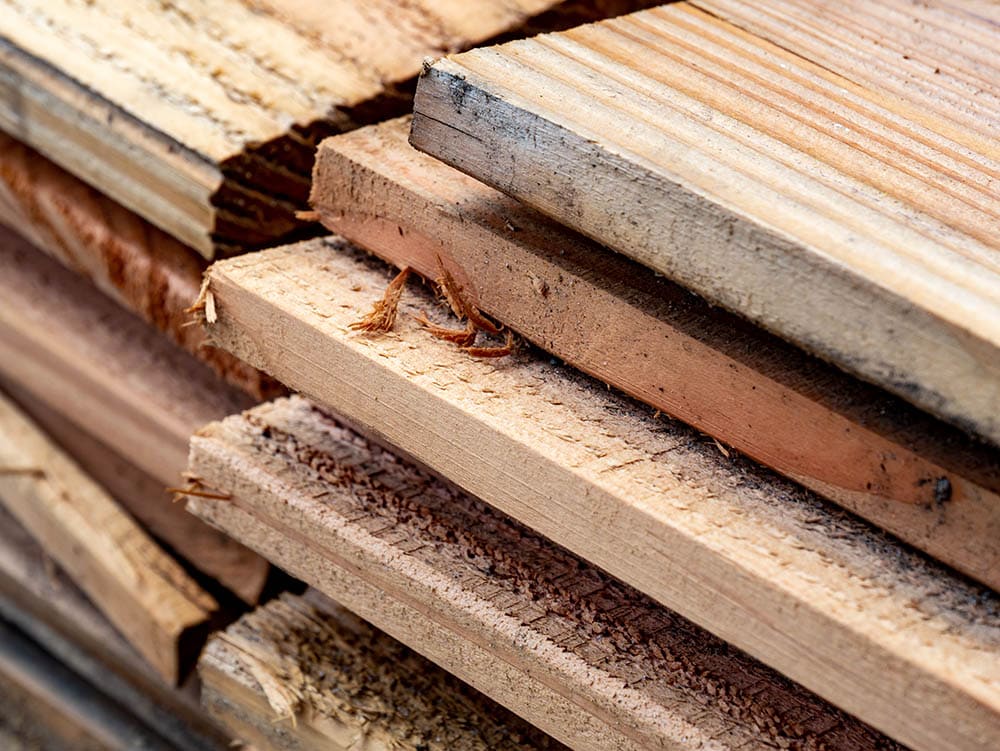
Fir is easily one of the most widely used woods for exterior trim. It is readily available, affordable, and pretty straight. You can find it at most lumber yards, so you don’t have to worry about going on a hunt for wood. Sometimes, you can even select the pieces you want, allowing you to avoid knotted and twisted pieces.
Luckily, fir tends to have very few knots and those that do exist are tight and don’t pose a problem. You can also paint it pretty easily without much prep work, which can save you a lot of time. Fir is also a very stable piece of wood and avoids wear and tear with ease.
2. Pine
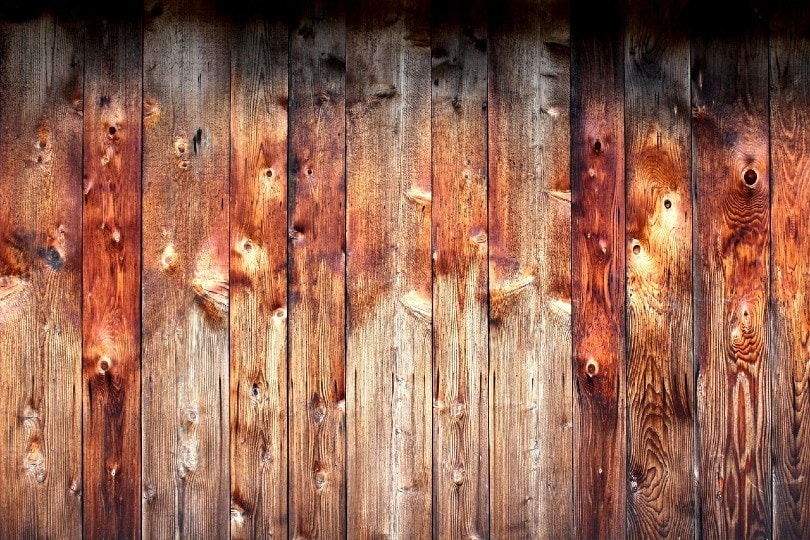
Next to fir, pine is probably the most popular wood for exterior trim. It is a bit cheaper than fir which is likely one reason it is so popular, but it’s also lighter and prone to more defects. You’re getting what you pay for in that case. However, the price difference can still be considerable between the two.
Pine has a slightly elastic nature that allows it to bend slightly. During installs, this can be quite useful. However, it also means that it may or may not be straight if you’re laying it along a long wall.
3. Redwood
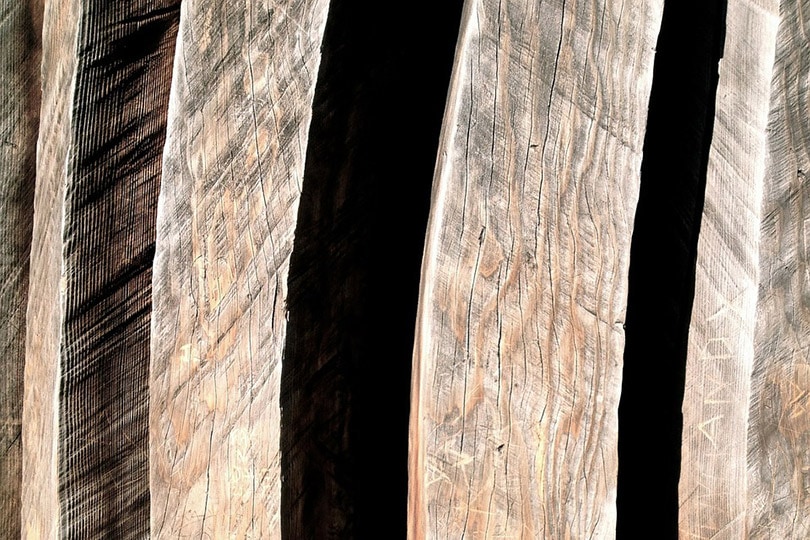
Over the last few years, redwood has become increasingly popular. It is the premier type of trim wood. It is incredibly weather-resistant, which makes it great for any outdoor work, plus, it is strong and straight, so it’s easy to install in most situations. It also has a lot of character and is aesthetically pleasing.
However, redwood is also expensive, so you’ll have to have the budget for it. If you buy it, it may be best to cut it into smaller pieces and use it as accents—not as the primary type of trim. A little can go a long way. The whole board can be utilized because it is free from defects.
4. Cedar
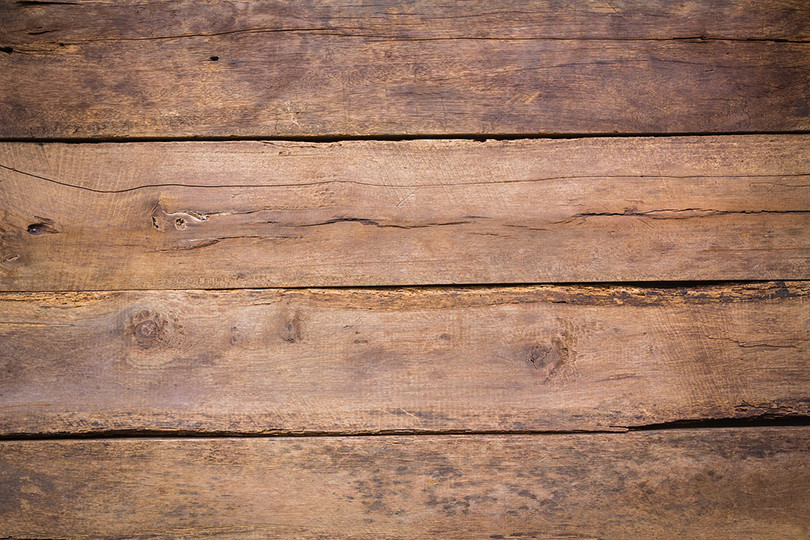
Cedar can be a tremendous exterior trim wood in many situations. However, it is underutilized and not as widely available. Instead, redwood is typically used, while cedar is a direct competitor. Cedar never rots and will remain durable throughout the home’s lifespan.
The most popular item made out of cedar is fences because they don’t rot and hold up forever. If you want the same benefits for your house, it doesn’t get much better than cedar. Plus, it also smells good. You don’t have to perform much maintenance either, so it is easily one of the easiest woods to take care of.
Can I Use Pressure-Treated Wood for Outdoor Trim?
Pressure-treated lumber is not the best option for exterior trim. Usually, most pressure-treated wood is made from southern yellow pine, which cannot hold paint very well. Therefore, it can be challenging to use on the exterior since any paint is likely to rub off quickly. You technically can use pressure-treated wood, but it’s not the best choice.
Also, to paint the wood, you’ll need to clean it since most are treated with chemicals that prevent the paint from sticking. This extra step of scrubbing the wood can make it more expensive to install. Getting the wood to dry all the way to paint it is often difficult; it may need to be dried for several weeks before you can actually paint it.
Most pressure-treated wood has defects and knots which make it unusable as exterior trim. You’ll have to carefully select the boards with the least defects, and you may be unable to use the whole piece of wood. However, some lumberyards sell premium grades of pressure-treated wood that do not have as many defects, but it can be hard to find.
Pressure-treated wood also tends to warp and crack quickly, so it’s not the best option for exterior use. It simply doesn’t hold up very well.
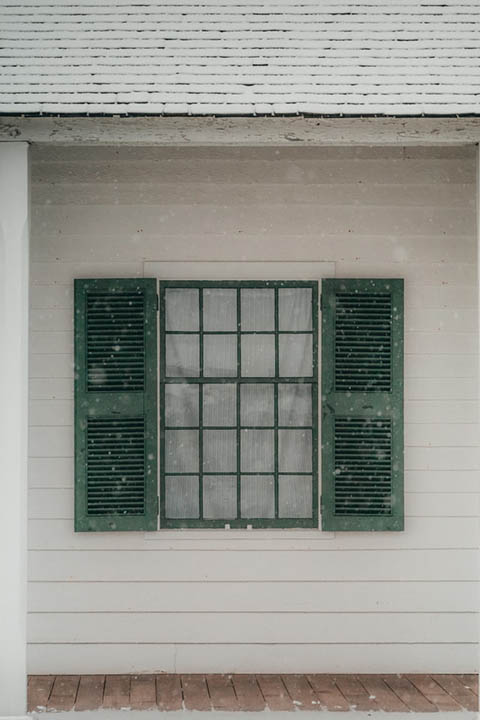
Is Radiata Pine Good for Exterior Trim?
You can use radiata pine for exterior trim. It holds up well in the elements and has a uniform density. Therefore, it’s easy to install and put up. Plus, it grows relatively fast, making it more sustainable. It is also cheaper than many of the other woods on the market, so it is more accessible than other premium cuts.
Is Pine Good for Outdoor Trim?
Pine is one of the softest and lightest woods and is easy to work with. It also takes paint well, as long as it is covered with an exterior-grade clear coat to finish it off. If not sealed correctly, it can warp and crack. While it is easy to work with, it is sometimes best to leave it to the experts.
Furthermore, pine is one of the least expensive woods and is a great option for those that are looking for a budget option.
Conclusion
Several types of wood work well for exterior sections of homes. The best wood out there is generally considered to be redwood, but it is quite expensive. On the other hand, pine is also very good and much cheaper, so it’s more common.
When you’re choosing wood, you need to consider the aesthetics of the wood, which means that you’re looking beyond practical applications. Therefore, while wood like redwood and pine may objectively be the best options, there may be another type of wood that fits your needs and style better.
We recommend that you avoid pressure-treated wood since it’s more difficult to work. It is easy to break and warp, and it is notoriously difficult to paint. It may be common and cheap, but you’ll likely pay for it over the years. Take your time to choose an exterior trim wood, as there is not one correct answer for everyone.
Featured Image Credit: Ksenia Makagonova, Unsplash
Contents

